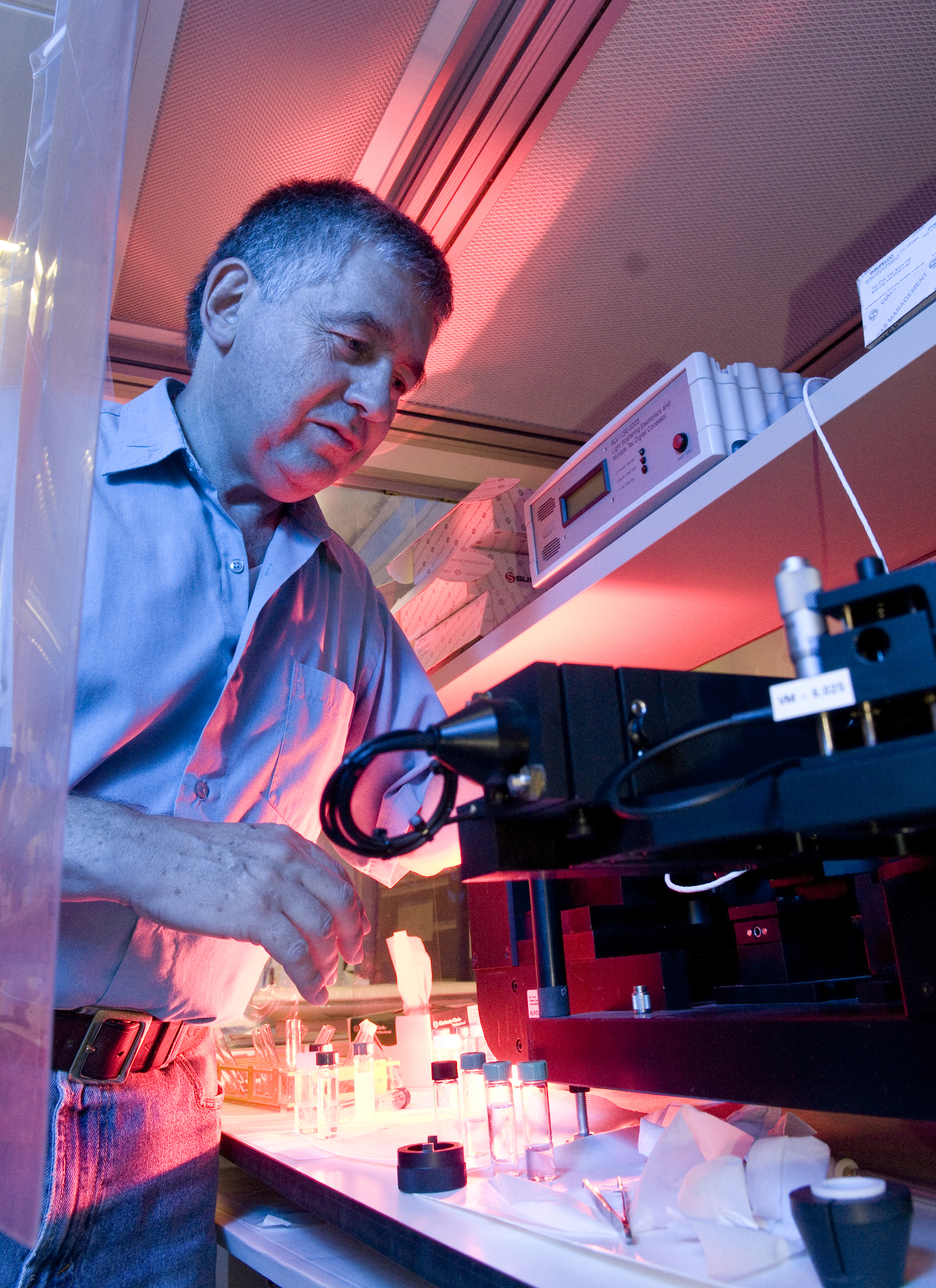
BGU and UChicago Add Sixth Water Project
BGU and UChicago Add Sixth Water Project
March 13, 2015
Ben-Gurion University and the University of Chicago (UC) are continuing their water research collaboration.
Originally five projects, the initiative will add an additional sixth project aiming to improve storm water management.

Prof. Moshe Gottlieb, Department of Chemical Engineering
“The concept was to focus initially on scientific and technical matters: applying chemistry and nano-materials to issues pertaining to water purification and sustainability,” says Steven Sibener, director of the University of Chicago’s Water Research Initiative of the Institute for Molecular Engineering.
Scientists can engineer nano-materials –structures built from ensembles of molecules or atoms on a scale 10 to 50 times larger than that of single molecules – so that they can be “tuned” to meet the demands of a particular task. One task of particular interest is water filtration.
Current water filtration methods use membranes to remove salts and minerals from water.
“But as a result of human activity, water is contaminated by harmful organic materials and micro-organisms and these are not removed by present membrane technology,” says Prof. Moshe Gottlieb, BGU’s Frankel Professor of Chemical Engineering and the University’s lead researcher of the collaboration.
The newest BGU-UC project, will benefit agriculture, green roofs, bioswales, and engineered installations for storm water management. The project builds on the work of BGU scientists, who have developed a mathematical model that accurately represents patterns of plant and root growth under desert water conditions.
The project scientists aim to expand this model for application to environments that contain two major vegetation types, such as woody plants and trees, or shrubs and grasses.
The BGU model was developed in the Negev, but it might also prove useful in more temperate environments. Chicago’s green roofs, for example, also experience water scarcity.



